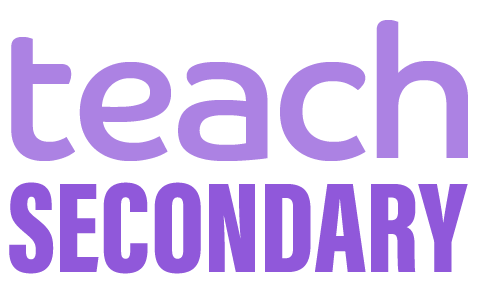Why is it that, despite the Bercow Report (2008), children and young people with Speech, Language and Communication Needs are still being failed by schools in England? The situation is worse for those from socio-economic disadvantage; pupils claiming FSM are more likely to have identified SLCN at the end of both primary and secondary school. (Lindsay et al., 2012).
Research has shown that children and young people with SLCN have higher levels of emotional difficulties and lower levels of positive social behaviour towards others than the general population as a whole (Dockrell and Lindsay, 2012); in school they are also likely to present with BESD (behavioural, emotional and social difficulties). However, the reducing prevalence of SLCN as pupils progress through the educational phases provides hope for a brighter future.
Data from the Better Communication Research Programme (BCRP) commissioned as part of the government’s response to the Bercow report (2008) of services for children and young people with speech, language and communication needs, showed that just 18% of pupils with SLCN (school action plus) at the end of KS2 remained at this level at the end of KS3. Contrary to what might be expected, pupils with SLCN in primary school are not those re-categorised as BESD in secondary school. 59% of pupils with SLCN (School Action Plus) at the end of KS2 either move out of SEN categories altogether or move to a reduced category of need (Dockrell and Lindsay, 2012). Just 7% of pupils originally identified as having SLCN in primary school were moved to BESD in secondary school.
Set apart
So what are the obstacles for those with SLCN in secondary school? They are also more likely to have weaker GCSE performance than their peers, ‘feel’ isolated from their classmates and suffer from poor mental health. Findings from the Better Communication Research Programme, looking at children’s perspectives (including a sample of those in Year 7) affirmed their vulnerability regarding ‘social acceptance and emotional well-being’ (Lindsay and Roulstone, 2012).
Schools, particularly during the secondary phase, are failing to take a whole school, holistic approach to enable pupils with SLCN to be the best they be regardless of the challenges they face. Schools need to look at and beyond SLCN, with staff well versed in the prevalence and range of SLCN, proficient in identifying and supporting pupils to positively impact on their engagement and achievement.
The Bercow report (2008) recommended five key areas where improvement must happen to achieve better outcomes for those with SLCN:
Improved understanding that communication is essential (including head teachers, teachers, parents or carers and the wider professionals)
Early identification and intervention (this can receive less attention in secondary schools)
Services designed around the family (the SEND Code of Practice:0-25 years, DfE, 2015 sets out clearer guidelines for this; this includes better parent or carer engagement in their child’s learning)
More and better joint working (including the arrangements between schools, local authorities and health services, assessment and EHC Plans, school responsibilities in the Local Offer, teachers, head teachers and SENCOs knowledgeable in local provision)
Greater consistency and equity for families (not only within and across local authorities, but also within and across schools; the Local Offer and the SEN Information Report should provide details of provision etc.)
New approaches
In outlining SLCN, including those with ASD, the Code of Practice (2015: 6.28) highlights the necessity of more individualised approaches in schools in addressing the challenges faced by these young people – this includes clear identification of the underpinning communication difficulty as well as employing the most effective means of supporting pupils in developing the related functional skills.
Against this backdrop, the government funded the Achievement for All pilot (2009- 2011), a whole school approach to raising aspirations, access and achievement for all children and young people. Now in its fourth year as a national programme and working in partnership with around 3000 schools across England, it is central to government SEND reform (DfE, 2011). The Better Communication Research Programme highlighted its success in ‘improving the progress of pupils with SEND in mainstream schools’ (Lindsay et al, 2012:10). The programme enables schools to take carefully structured approaches to engaging parents and carers in learning, develop systems to track progress, develop staff with good levels of knowledge, employ suitable teaching and learning approaches, and ensure they are using appropriate interventions.
The Achievement for All partnership with ICAN has enabled schools to take this approach further for young people with SLCN. Adapted from I CAN’s Secondary Talk programme, it enables schools to link language and communication to identified priorities; activity-based resources address different aspects of language and communication. What these initiatives share is a whole school, inclusive approach with close collaboration between education and specialist professionals. Only when schools face the challenges, will young people with SLCN enjoy the same levels of achievement and well-being as their peers.
ABOUT THE AUTHOR
Professor Sonia Blandford is Founder and CEO of the national charity Achievement for All 3As (afa3as.org.uk)








